|
The Charterhouse of the Assumption of the Most Blessed Virgin and of Saint Nicolas of Ingleby at Mount
Grace was one of the last Carthusian Charterhouses built in England. Mount Grace Priory is second only to the London Charterhouse in repute, and is one of the ten Carthusian Charterhouses in England. Founded in 1398 by Thomas De Holand, Earl of Kent and Duke of Surrey, the house was part of a revival of spirituality
in the latter Middle Ages that began with the founding of the London Charterhouse in 1371 on the site of the plague cemetery
and culminated in the royal Charterhouse of Sheen in 1415. In every case the founder was from the highest levels of society
and monks were also drawn from the literate upper levels as well. Many Carthusians began their lives as secular priests, university
scholars, or members of other orders.
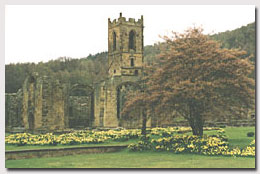
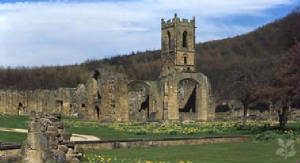
Thomas De Holland was the newphew of Richard II. But the execution of De Holland for an abortive coup
against Henry IV in 1340 led to some uncertainity about the monks' claim to the site. The manor and Priory had by then been
given to the Augustinian canons at Guisborough. Prior Henry Eccleston finally secured a lease of the site from Guisborough
in 1508. Economic security was provided to Mount Grace in the second half of the fifteenth century by grants of land and donations.
In 1539 Mount Grace closed under the edict of Henry VIII that established the sovereign as head of the
Church and severed links with monastic orders on the continent. Destruction of the Carthusian congregation in England began
before the general Suppression, and can be traced back to the order's refusal to accept the Act of Succession of 1534 by which
Henry VIII legitimized his second marriage despite the Pope's refusal to annul the first. Opposition to the oath was led by Prior John Houghton of the London Charterhouse. In May 1535, Houghton and two other Carthusian priors were tried for treason and executed at
Tyburn in London. Faced with such brutality, Prior Wilson of Mount Grace, pressured by the Archbishop of York and Bishop of
Durham, signed the Act.
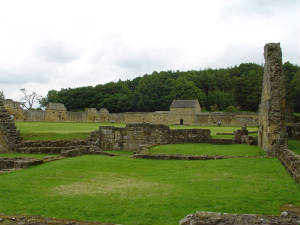

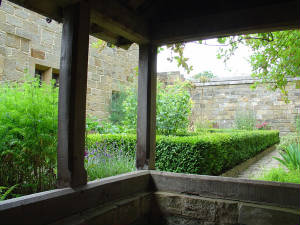
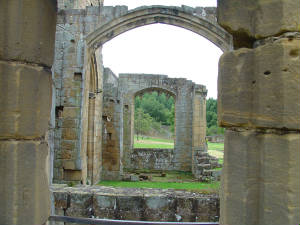

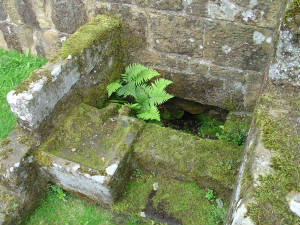
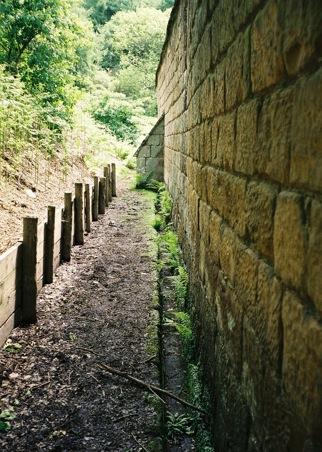
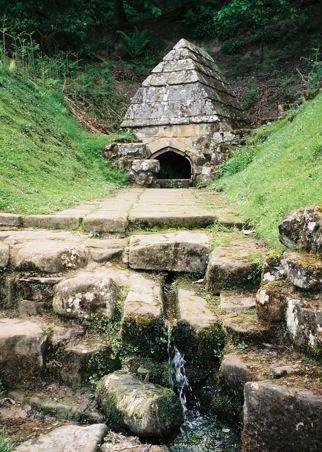
Similar to other monastic sites, in 1654, Mount Grace's guest areas were converted to a domestic residence.
They now serve as the site of the museum and other offices.
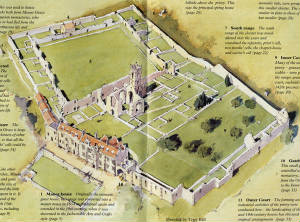
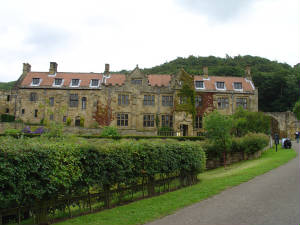
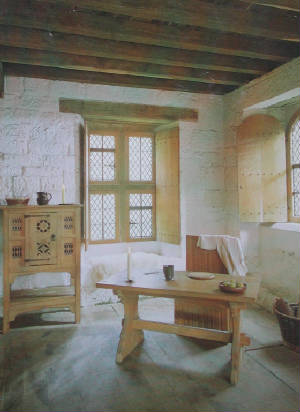
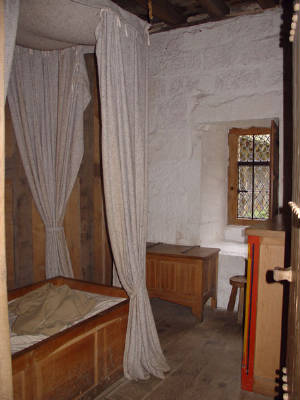
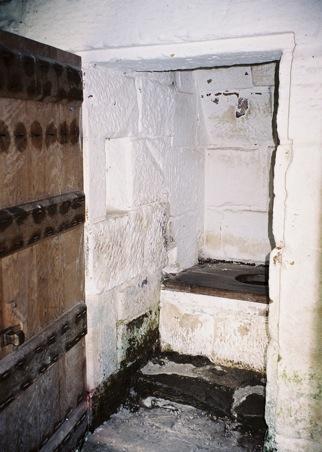
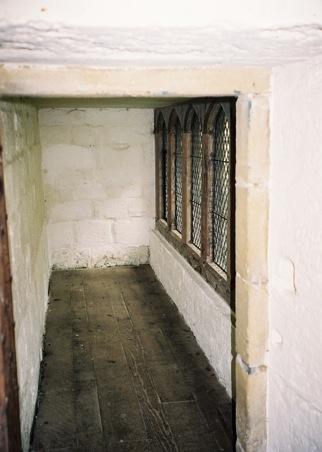
Priors of Mount Grace Priory Charterhouse [1]
Robert Tredwye or Tredewy, 1398
Edmund, occurs 1399
Nicholas Luff, occurs 1413, 1415, 1416
Robert
Layton, occurs 1421
Thomas, occurs 1428
Thomas Lockington, occurs 1436, 1437, 1439
Robert, occurs 1449, 1454
Robert
Leke, occurs 1469, 1473
Thomas, occurs 1475, 1476
Thomas, occurs 1497
Henry Eccleston, occurs 1501, 1506
John,
occurs 1527-8, 1531-2
William (?) Fletcher, occurs 1532-3
John Wilson, occurs 1537-8, 1538
[1] From the above referenced link.
Charterhouses
Top of Page
|
